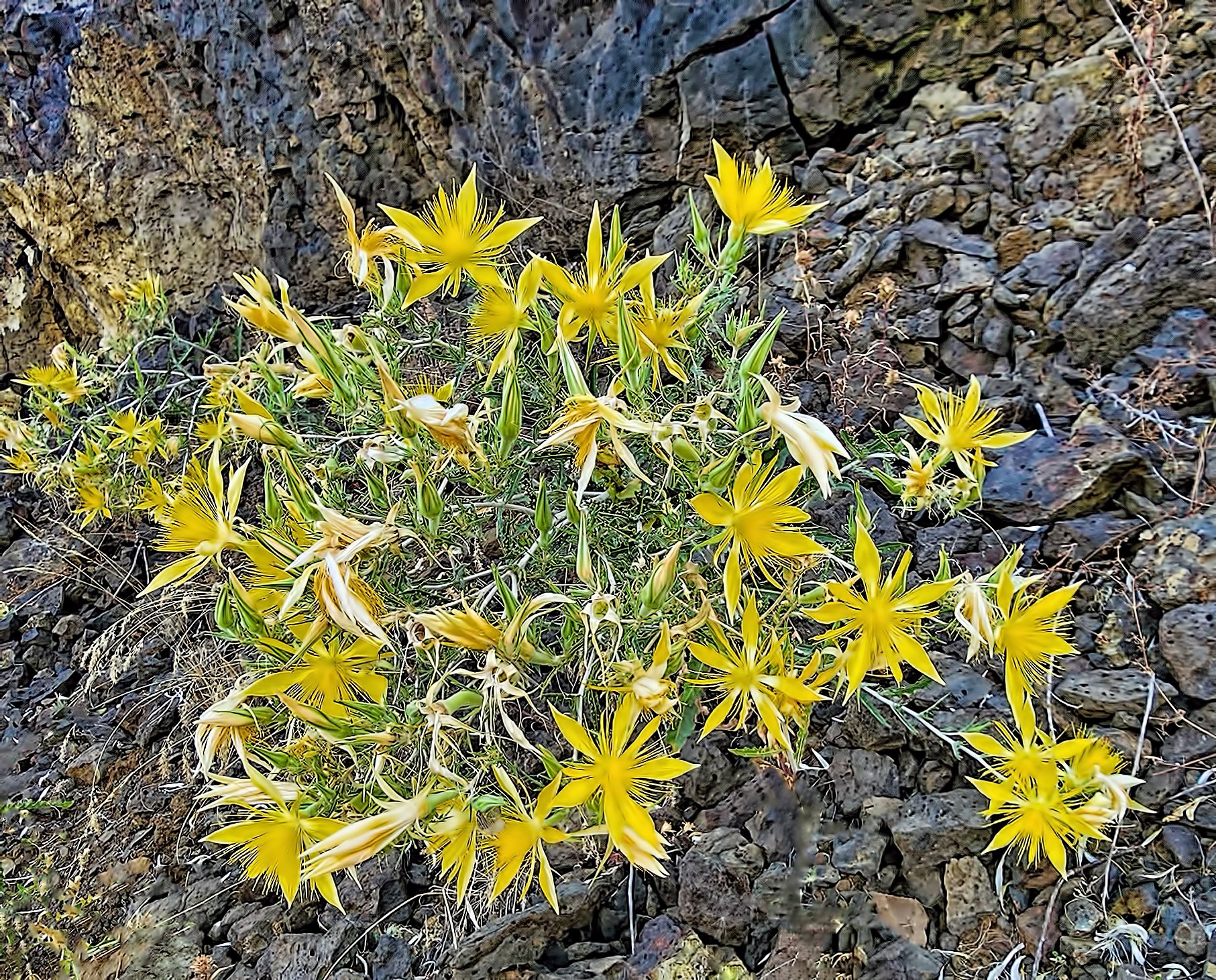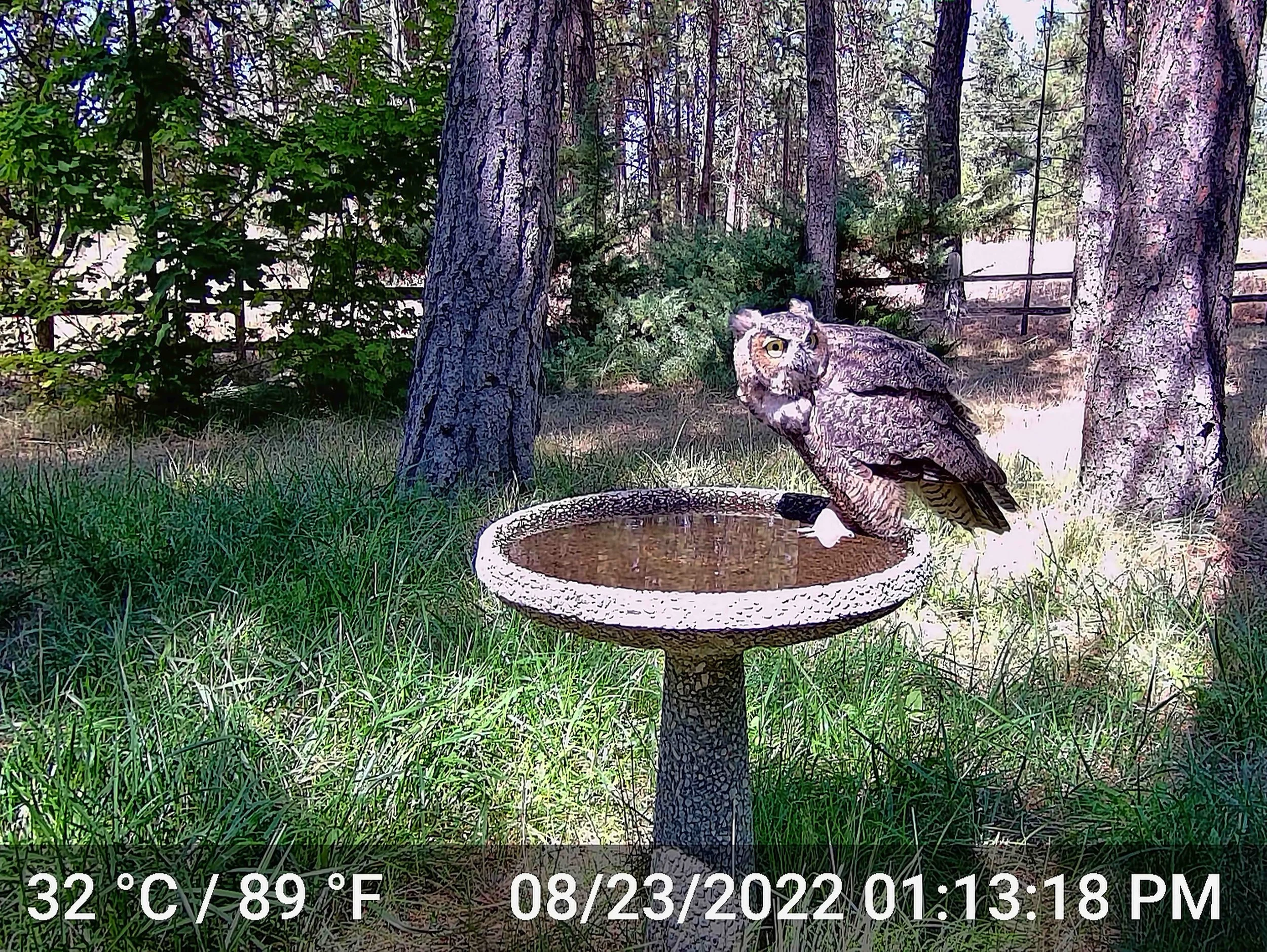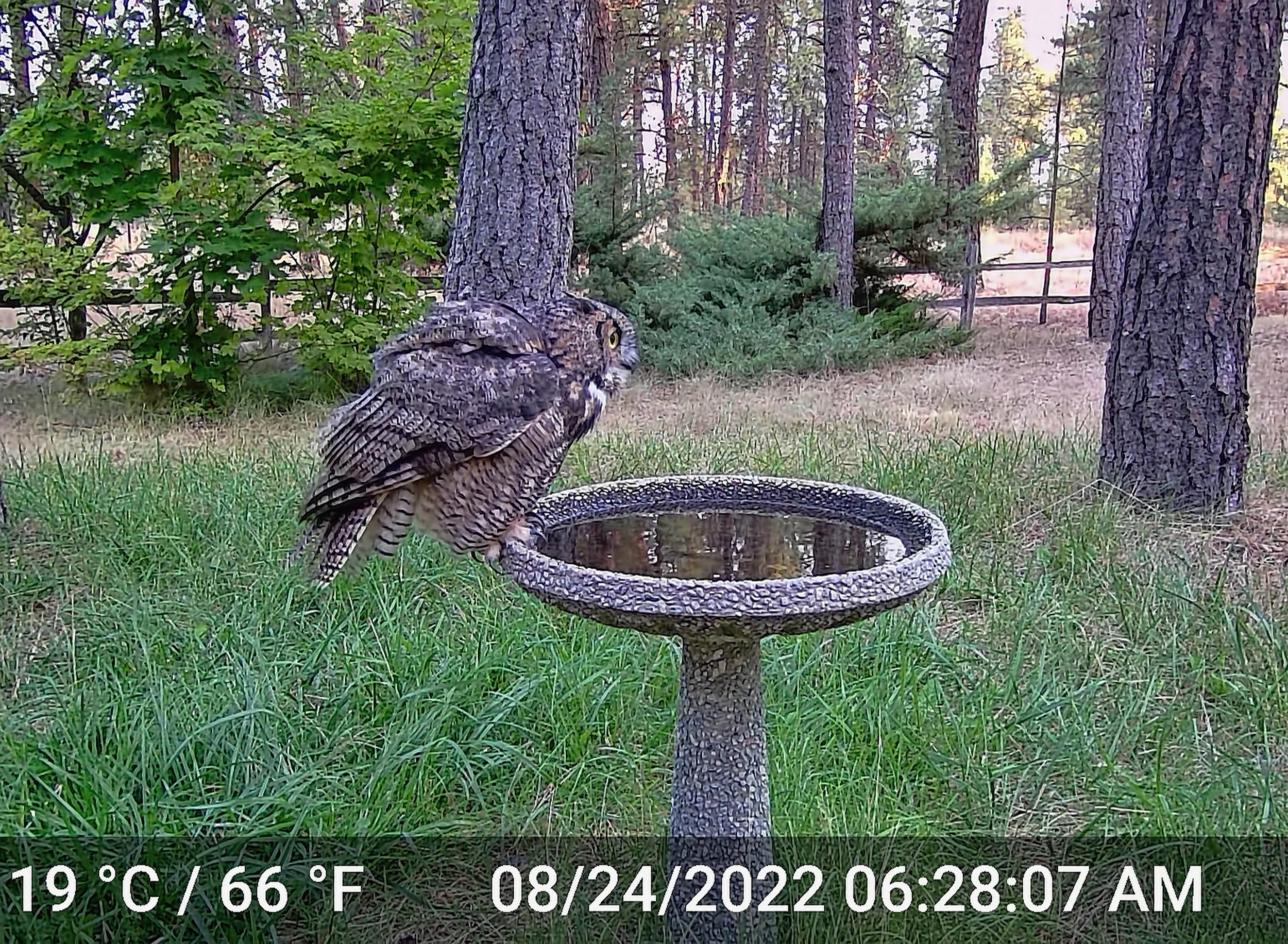blasts the dawn as I return to Castle Valley, Utah. The trails are already calling.
And later this morning a welcoming committee of several dozen Pinyon Jays mobbed my feeder. That didn’t take long to discover and good thing it was full of seed.
Pinyon Jay (Gymnorhinus cyanocephalus) hiding in squawbush.












































